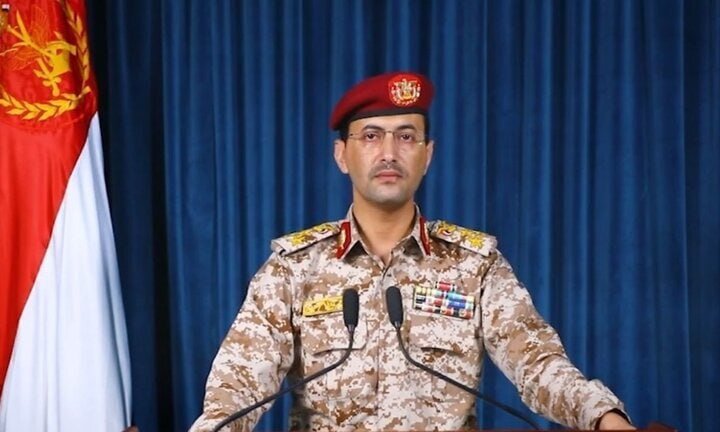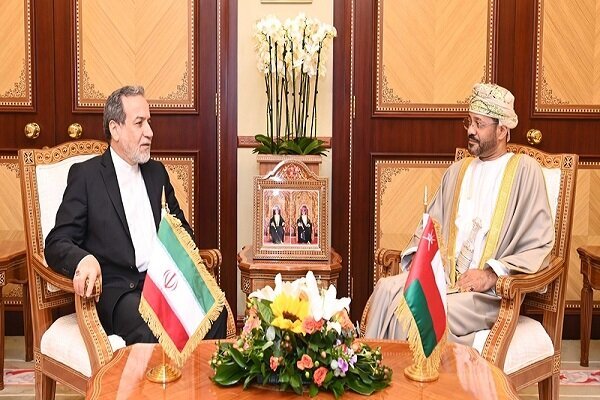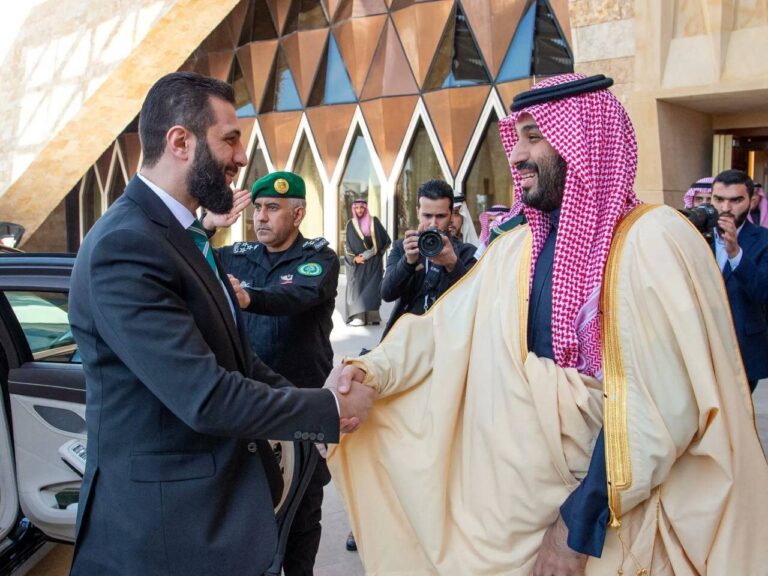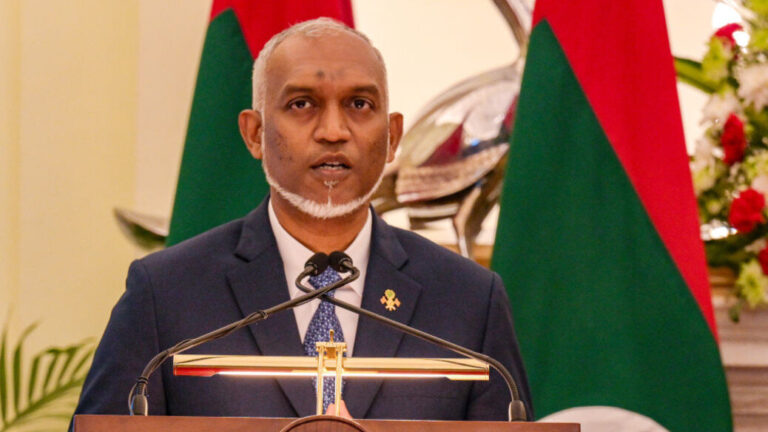Yemen Launches Bold Missile and Drone Assault on US Aircraft Carrier
In recent developments, Yemen’s military operations have intensified, particularly highlighted by a statement from Brigadier General Yahya Saree. The ongoing conflict is marked by significant military actions as Yemen continues its campaign against enemy positions. This situation has escalated dramatically in the wake of recent U.S. airstrikes targeting key locations in Yemen.
Brigadier General Yahya Saree reported that the latest attack represents the third military engagement within just 24 hours, emphasizing the urgency and gravity of the situation. These operations are a response to escalating tensions in the region, particularly following a series of U.S. airstrikes on cities such as Sanaa, Saada, and Hudaydah that resulted in civilian casualties. The conflict has drawn widespread attention, as it reflects broader geopolitical issues and alliances in the Middle East.
Key Points of the Recent Escalation:
- The attack is part of Yemen’s ongoing retaliatory operations.
- U.S. airstrikes have reportedly killed three civilians in Yemen.
- The Ansarullah movement in Yemen vows to continue military actions as long as the blockade on Gaza remains in effect.
- Yemenis are expressing solidarity with Palestine, especially in light of the recent conflicts sparked by Israel’s actions in Gaza.
The increase in military activities comes as the Ansarullah movement, also known as the Houthis, pledges to maintain pressure on enemy targets. They have made it clear that their military strategy will continue as long as the “Zionist regime” persists in its blockade of Gaza. This ongoing conflict has been exacerbated by Israel’s military operations, which began on October 7 in response to a surprise attack by Palestinian resistance forces, known as Operation Al-Aqsa Storm.
This situation has prompted a wave of reactions not only within Yemen but also across the Arab world, where many see the conflict as a significant humanitarian crisis. Yemenis have shown unwavering support for Palestine’s struggle against Israeli occupation. The recent escalation and the cycle of violence have amplified calls for solidarity and support for Palestine, further complicating the already tense regional dynamics.
Historical Context:
The conflict in Yemen has deep roots, with various factions vying for control and influence. The Ansarullah movement, largely drawing support from the Zaidi Shia community, has been engaged in a protracted civil war since 2014, when they took control of the capital, Sanaa. The Saudi-led coalition’s intervention, aimed at restoring the internationally recognized government, has led to widespread devastation and a humanitarian crisis in Yemen.
This backdrop is essential to understanding the current military operations and the motivations behind them. The ongoing blockade of Gaza has further fueled tensions, making Yemen’s support for Palestine a rallying point for many in the region. The military actions, including recent airstrikes and retaliatory strikes by the Houthis, are seen as part of a broader resistance against perceived oppression.
International Reactions and Implications:
The international community has been closely monitoring the situation, with various governments and organizations expressing concern over the humanitarian implications of the ongoing conflict in Yemen. The airstrikes by the U.S. and the retaliatory measures taken by Yemeni forces highlight the complex web of alliances and enmities that define the current geopolitical landscape.
As the conflict continues to unfold, many are calling for increased diplomatic efforts to de-escalate tensions and address the humanitarian crisis. The situation remains fluid, and the potential for further military engagement raises questions about the long-term stability of the region.
In conclusion, the ongoing military operations in Yemen, particularly in response to the U.S. airstrikes, reflect a critical juncture in the conflict that has drawn in various regional and international actors. The commitment of the Ansarullah movement to continue their operations as a form of support for Palestine underscores the interconnectedness of these conflicts and the profound implications for regional security and humanitarian conditions.
As this situation evolves, it will be crucial for observers to stay informed about developments in Yemen and the broader implications for the Middle East. The interplay of military actions and humanitarian concerns will likely shape the discourse surrounding this complex and multifaceted conflict.






